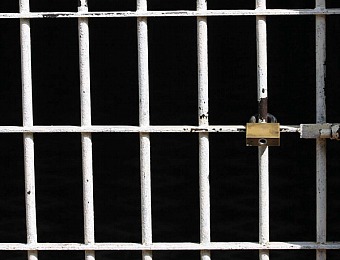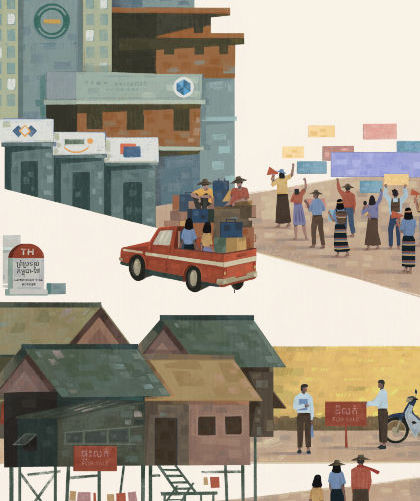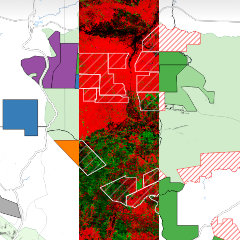Inmate Growth Eases, but Surge in Drug Arrests Leaves Prisons Packed
Published on 8 July 2012The number of inmates incarcerated for drug offenses increased by 163% in 2011, but the Cambodian prison population grew only modestly overall, according to a new LICADHO report.
The General Department of Prisons (GDP) reported that there were 2,747 inmates held on drug-related charges in November 2011, up from 1,046 in November 2010. The surge came during a yearlong drug crackdown that resulted in nearly 1,000 arrests.
Looking at a smaller selection of 13 prisons monitored by LICADHO, the number of prisoners detained for drugs has nearly quadrupled since 2008.
Despite the increase in drug arrests, the national prison population grew at a modest 2.3% between April 2011 and February 2012 - the best available figures for showing growth over a period of one year. The population in the 18 prisons monitored by LICADHO actually shrunk by a fraction between May 2011 and May 2012.
Prisons nationwide are still filled to an estimated 171% of capacity, which marks an improvement over 2011, but is still worse than in 2010, when prisons were 167% full. Cambodia's prison system is currently estimated to be among the 35 most overcrowded in the world; last year the Kingdom was ranked in the top 25.
"It is encouraging to see that inmate growth is slowing, but there are still some very disturbing trends," said LICADHO Director Naly Pilorge. "At a time of record prison population growth, the authorities packed an extra 1,700 drug offenders into the system. That includes nearly 250 people arrested only for drug use. This reveals an overall lack of awareness of the big picture. There are cheaper and more effective ways to deal with drug problems."
Other areas of concern highlighted in the report include the government's continued failure to implement alternatives to imprisonment, the imposition of prison time for minor crimes and unpaid fines, mass delays in processing final court verdicts, and the lack of prison capacity calculations that conform to international standards.
In one case, a woman from Kandal province was sentenced to six months in prison for stealing a basket of green beans to feed her children.
"Imprisonment shouldn't be the default punishment for a mother who steals food to feed her children," said LICADHO President Dr. Pung Chhiv Kek. "The prisons will remain overcrowded for as long they are used as a "dumping ground" for society's down-and-out. Cambodia needs to implement more alternatives to imprisonment - community service, greater use of suspended sentences, a parole system, more use of pretrial judicial supervision, and non-custodial drug treatment centers that utilize proven methods."
"The government has finally begun talking about using community service and other non-custodial sentences," Kek said. "But we have yet to see serious action."
LICADHO's report, titled "Beyond Capacity 2012: A Progress Report on Cambodia's Exploding Prison Population," is the third installment in LICADHO's annual series on prison overcrowding and criminal justice reform in Cambodia. The report updates an array of statistics on the prison population from LICADHO's previous overcrowding reports and reexamines recommendations that were made in previous reports from 2010 and 2011.
For more information, please contact:
▪ Dr. Pung Chhiv Kek, President of LICADHO (French, English, Khmer) - 012-802-506
▪ Naly Pilorge, Director of LICADHO (French, English) - 012-803-650
▪ Nget Sokun, Prison Project Supervisor, LICADHO (Khmer) - 016-797-305
PDF: Download full statement in English - Download full statement in Khmer
- Topics
- Prison issues







